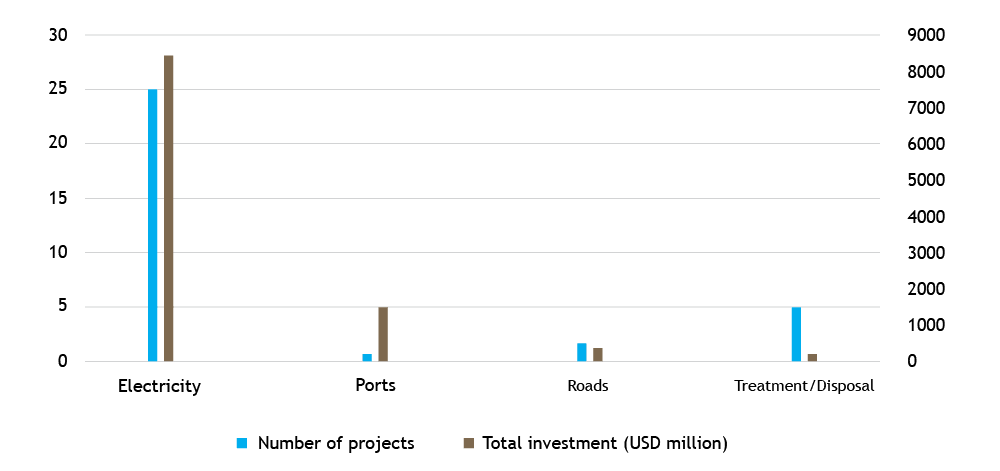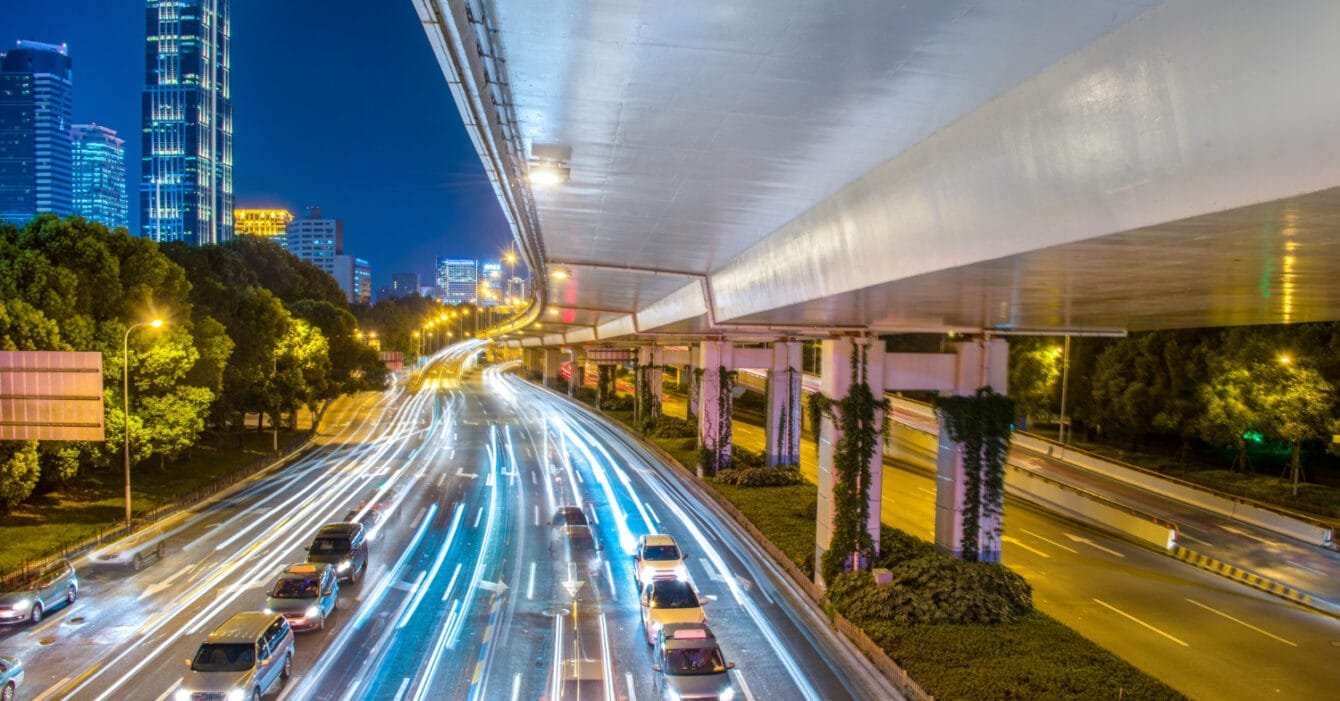Public-Private Partnerships (PPP) have been a cornerstone of Malaysia’s infrastructure development since the 1980s. By leveraging the expertise and resources of private enterprises, Malaysia has successfully executed various large-scale projects in transportation, healthcare, and energy. With the launch of over 500 PPP Projects Malaysia and a cost savings of RM 161 billion, this model continues to be a powerful tool in modernizing the country’s infrastructure. Furthermore, it also aids to meet Malaysia’s economic and social needs.
The Origins of PPP in Malaysia
The PPP model was introduced under the Malaysia Incorporated Policy in the early 1980s. This policy was designed to encourage collaboration between the public and private sectors, aiming to meet growing infrastructure demands. Subsequently, the 1983 Privatization Policy allowed the government to save capital by involving private entities in major public projects. Through this collaborative approach, the government could allocate saved resources to other public services and social programs.
The framework of PPP Projects Malaysia ensures that private sector partners handle the design, financing, construction, and operation of projects. Meanwhile, ownership either stays with or reverts to the public sector after a specified period.
Risk Management in PPP Projects Malaysia
While PPPs have been largely successful, they present challenges, particularly in risk management. Effective risk-sharing is essential for any PPP’s success, and issues can arise if both parties do not align on risk criticality.
Recent studies in Malaysia reveal that out of 44 identified risk factors, 31 are critical. Among these, five should be primarily managed by private sector partners. Risk perception gaps between public and private sectors need careful attention, especially in construction and operational phases. Enhanced risk communication is crucial for mutual understanding, improving PPP Projects Malaysia outcomes by aligning goals and managing expectations.
Regular audits, performance reviews, and capacity-building programs for government officials are further steps to ensure that PPP projects are managed with integrity and competence. With these measures in place, Malaysia aims to strengthen its governance framework, positioning itself as a leader in successful PPP implementations.
Diverse Applications of PPP Projects

King & Wood Mallesons
Malaysia has deployed the PPP model across various sectors, from transportation and healthcare to waste management and telecommunications. The model allows the government to explore innovative project structures such as Build-Operate-Transfer (BOT), Build-Lease-Maintain-Transfer (BLMT), and Private Finance Initiatives (PFI).
By diversifying the approach, Malaysia has successfully extended infrastructure development beyond traditional projects. Thus exploring possibilities in renewable energy and green technologies. This expansion aligns with Malaysia’s commitment to achieving its sustainability goals. This is because projects now focus on environmental impact, carbon reduction, and long-term resource efficiency.
Notable PPP Projects Malaysia successes include the North-South Expressway, Kuala Lumpur International Airport (KLIA), and the Light Rail Transit (LRT) system. These projects are integral to Malaysia’s transport network and represent a model of how public-private cooperation can effectively tackle complex infrastructure needs.
Upcoming PPP Projects Malaysia and Strategic Directions
Looking to the future, Malaysia’s PPP framework, particularly under the PPP 3.0 policy, aims to increase inclusivity, accessibility, and environmental sustainability. New projects focus on essential public services, prioritizing accessibility for vulnerable groups and considering long-term economic and social impacts. Stakeholder engagement remains central to each project’s planning and execution, ensuring input from all affected groups and fostering broad-based support.
A key example of the ambitious PPP Projects Malaysia is the proposed Trans-Borneo Railway, which will link Sabah, Sarawak, Brunei, and Indonesia. This MYR 330 billion project, expected to enhance regional connectivity and logistics, reflects Malaysia’s strategy of investing in infrastructure projects. Especially projects that offer economic benefits while promoting regional cooperation.
PPP Projects Malaysia have had a transformative impact on infrastructure, providing innovative, sustainable solutions to meet public needs. Therefore with strong frameworks, risk management, and stakeholder involvement, PPPs continue to pave the way for efficient infrastructure development. Looking ahead, Malaysia’s focus on inclusivity and environmental sustainability will ensure that future PPP projects support economic growth while advancing national goals.

